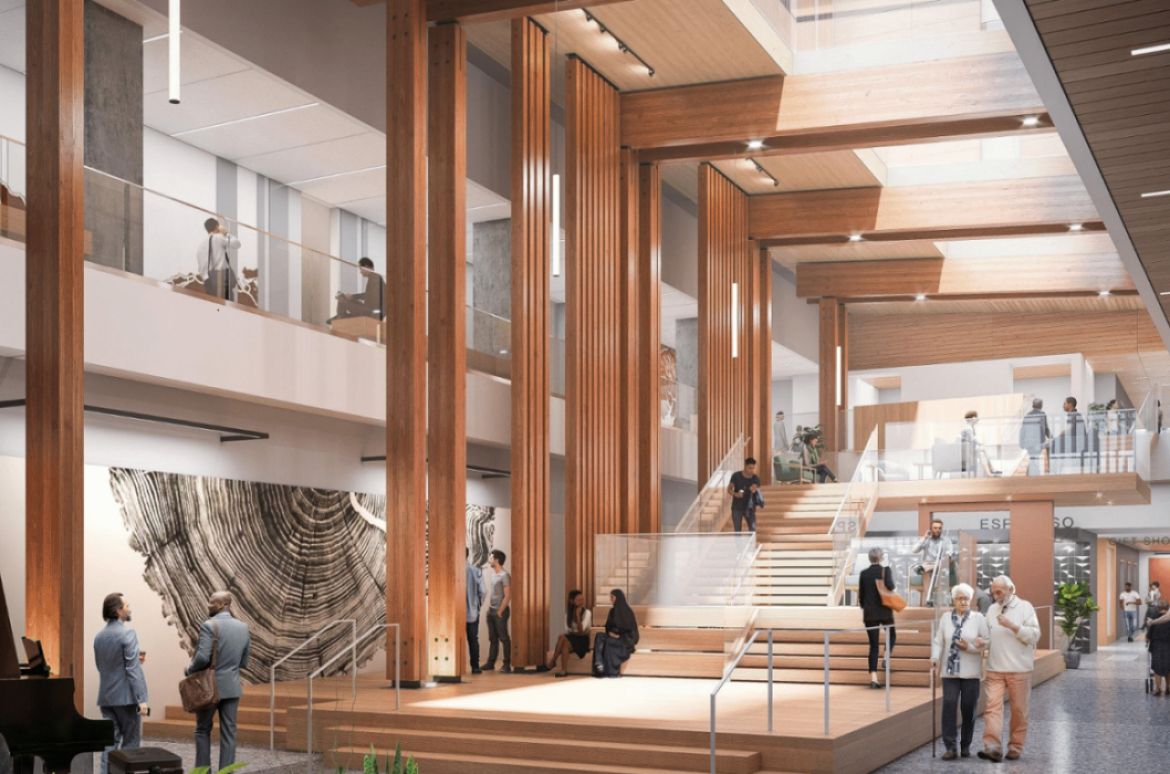Calling all artists: Register to receive notifications about art opportunities!
Art promotes healing and enhances the quality of healthcare experiences - it will play an integral role in the new Cowichan District Hospital. Research has shown that integrating art and thoughtful design into the construction of hospitals can reduce stress and lead to improved outcomes for patients.
As part of our commitment to creating a comforting, healing healthcare environment Island Health is pleased to be developing an art program for the future hospital.
Local and island-wide artists will have opportunities to create art for the new hospital. All types of media will be considered, however, art produced for the hospital will be required to meet criteria for infection prevention and control, safety and appropriate subject matter. More information, and artist registration instructions, will be available soon.
Click here to register for notifications of calls to artists and updates from the Art@CDH program.
A heartfelt thank you to all who joined us at our artist engagement event at the Cowichan Community Centre on November 1. Please be sure to register to receive updates from the Art@CDH program regarding next steps.
For inquiries, please email art.newcdh@islandhealth.ca.
Latest News
January 29, 2025:
Read the first edition of the Art@CDH Newsletter
September 18, 2024:
Frequently Asked Questions
- Why art in a hospital?
-
Art creates a healing environment. Evidence-based literature suggests that integrating art and thoughtful design into the construction of hospitals can reduce stress and lead to improved outcomes for patients.
Art has been shown to reduce the need for medications, shorten hospital stays and de-escalate agitation and aggression.
Art promotes healing and enhances the quality of health care experiences; it benefits all: patients, families, health care providers, volunteers and visitors.
- Whose art will be included?
-
Art will be created by members of all communities served by the hospital.
Artwork will be informed by all people who are served by the hospital, including Indigenous communities in the region - Métis and Inuit peoples, the communities of Ditidaht, Pacheedaht, Ts'uubaa-asatx, Malahat, Stz’uminus, Penelakut, Lyackson, Halalt, Cowichan Tribes, and the Hiiye'yu Lelum House of Friendship.
The Cowichan Valley is also home to South Asian Canadians, Japanese Canadians, Chinese Canadians, 2SLGBTQI+, people with diverse abilities, students from local schools and other community organizations.
Art illustrates geographic location: the land upon which the hospital is being built informs major art installations, such as the Welcome Figures and the Carved Door for the Indigenous Gathering Space.
- Will artists be required to create an original artwork for consideration?
-
No. Artists will not be asked to create unique works during the Expression of Interest (EOI) phase. Examples of existing work will be requested.
- Will Indigenous art be highlighted?
-
Yes. The Integration of Indigenous artwork is a response to Recommendation 10 of In Plain Sight*.
Artwork foregrounds Indigenous art, languages and cultures and is fundamental to the design and operations of the new hospital; it supports an environment of cultural safety and healing.
The integration of Indigenous art is as a call to action that addresses the historic racism experienced by Indigenous people in Canada’s healthcare facilities.
Storytelling – inspired by the hospital’s location on the traditional territories of the Quw’utsun and stories inspired by all the Nations and Indigenous communities served by the new CDH – plays a fundamental role in the development of themes, artwork, wayfinding and landscape design. The stories that emerged during engagement sessions between the Project team and local Indigenous communities represent regional and cultural identity.
*In Plain Sight Report Recommendation #10: That design of hospital facilities in BC. Include partnership with local Indigenous peoples and the Nations on whose territories these facilities are located, so that health authorities create culturally appropriate, dedicated physical spaces in health facilities for ceremony and cultural protocol, and visibly include Indigenous artwork, signage and territorial acknowledgement throughout these facilities.


